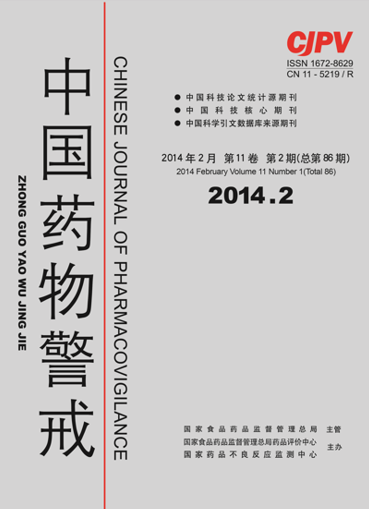|
|
Reproductive Toxicity of Tripterygium Wilfordii Hook .f: A Systematic Review and Meta-analysis
SUN Feng, YANG Xing-hua, MA Dong-mei, ZHAN Si-yan
2014, 11(2):
94-99.
ObjectiveTo systematically evaluate the incidence of reproductive toxicity of Tripterygium Wilfordii Hook .f(TWP). MethodsMEDLINE, EMBASE and the Cochrane Library were systematically searched from inception through May 25th, 2013 with the keywords including "Tripterygium wilfordii Hook .f ", "toxicity", "reproductive", "side effect", "adverse", "safety" and "tolerability" for the follow-up studies of patients treated with TWP. Relevant information was extracted and data was analyzed using random-effects model. Meta-analysis was used to analyze the incidence of reproductive toxicity with MetaAnalyst software, subgroup sensitivity analysis was performed based on age, mode of medicine, observation time and research quality. ResultsAccording to inclusion and exclusion criteria, a total of 56 articles were included, involving 60 researches in the analysis. There is a large degree of heterogeneity among the studies, so data was analyzed using random-effects model and the weighted combined incidence of reproductive toxicity was 17.9%(95%CI:14.1%~22.5%),and the incidence of reproductive toxicity of children and adults were 24.4%(95%CI:13.3%~40.3%) and 15.7%(95%CI:11.9%~20.4%),respectively. There were 24 researches with the control group, the result of random effects model showed that the odds ratio(OR) for TWP treatment group was 5.1(OR95% CI: 3.2~8.2) comparing with control group. Three major events of reproductive toxicity: menstrual disorders, amenorrhea and decreased sperm motility, the weighted combined incidence were 17.6%(95% CI: 13.4% ~22.7%), 27.7%(95% CI: 18.4%~39.3% ) and 20.3%(95% CI: 11.3% ~33.7%), respectively. The subgroup analysis showed that the analysis results of follow-up ≥ 12 months and < 6 months group showed no cross-confidence interval, suggesting that the longer the treatment, the higher the risk of menstrual disorders, While the remaining subgroup results were cross-confidence interval, suggesting that the difference was not statistically significant. Sensitivity analysis based on 47 studies with high quality showed the combined value was close to the summary estimate of total 60 studies. ConclusionThe incidence of reproductive toxicity induced by TWP was high. We should pay attention to the prevention and treatment of reproductive toxicity.
References |
Related Articles |
Metrics
|
